It was the strangest, coolest natural phenomenon I've ever seen. No question.
Knowing that there would be thousands of experienced photographers training their cameras on the sun, I made the decision to focus not on trying to take a good picture but on soaking up the sensory experience. I think one of the things that makes this so different from other natural wonders was its transitory nature. While there were gradual changes in light leading up to totality that signaled that something different was happening, the period of time that the sun was completely blocked by the moon was brief (in our location, about 2.5 minutes). There's a lot to experience during that short window.
I was in Bloomington, IN, for the annular solar eclipse on May 10, 1994. I remember walking outside from working in the lab and noticing the dappled lunate shadows on the pavement from the partially-obscured sunlight passing through a tree canopy. That was about it. There may have been some other subtle changes in the light that I didn't notice because I was inside working. The only thing that made an impression on me was the strangeness of the shadows, the result of the leaves creating a fabric of natural "pinhole cameras."
Yesterday was different. No offense to my friends outside of the path of the totality who enjoyed yesterday's eclipse, but . . . nothing compares to being centered in the crosshairs of the moon/sun dance. As the last sliver of the sun slides behind the moon, multiple senses get triggered simultaneously. The light changes dramatically, the noises around you change (birds, insects, etc.), the air cools down. The sky wasn't as dark as I thought it would be (it often looks pitch black in photos -- it's not). Instead it was about as bright as twilight but with a totally different feel, perhaps because the sun was so high in the sky so there was no "direction" to the twilight. And it was more crisp than twilight. The sight of the black-hole sun blazing away high in sky, Venus off to one side, a yellow glow on the horizon so far removed from the light source. . . it is truly bizarre. I've never seen or experienced anything like it. It was absolutely qualitatively different from a partial eclipse.
Experiencing the totality was both communal and individual. Each person in our front yard did his or her own thing. With eclipse glasses off and no cars on the street, there was conversation, staring in wonder, pointing, exclaiming, and at least one kid (my six-year-old) running around yelling about apocalypse and alien invasion.
When the sun began to peak out from behind the moon I looked down on the asphalt and saw shadowbands racing across the road.
As an anthropologist and archaeologist, I was really curious to experience this for myself so I could try to think about what it would have been like for societies with no foreknowledge that something like this was going to happen and no scientific way to explain it. Because the sun is so bright, you have no warning that the moon is near it (you just can't look up in the sky to see what's happening). I was first sure that I could detect a change in the quality of the light at about 20-25 minutes before totality -- even though it was sunny it felt like I was wearing sunglasses, like the light was direct (i.e., not shade) but dimmed unnaturally. I think it was around 10-15 minutes from totality that we were all noticing the lunate shadows. The dimming effect grew more rapid as totality approached, but sped up dramatically in the last minute or so.
Without over-analyzing it, I will just say (from my perspective) that the changes felt so bizarre and so unlike anything "normal" that I have a hard time seeing how people attuned to the regular rhythms of the seasons, day/night, etc., could have experienced something like this without interpreting or explaining it to themselves somehow. Even having had described to me what to expect, even knowing something about the physics of what was going to happen, and even being told by scientists when it was going to happen -- down to the second -- I still was unprepared for what it actually felt like.
I highly recommend the experience if you can swing it.
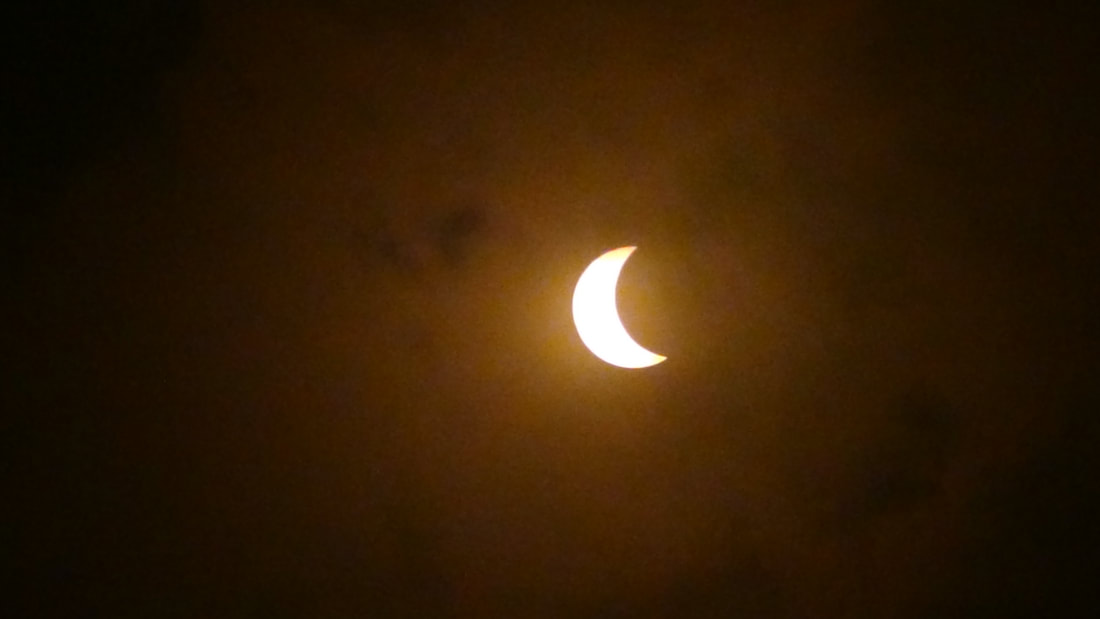
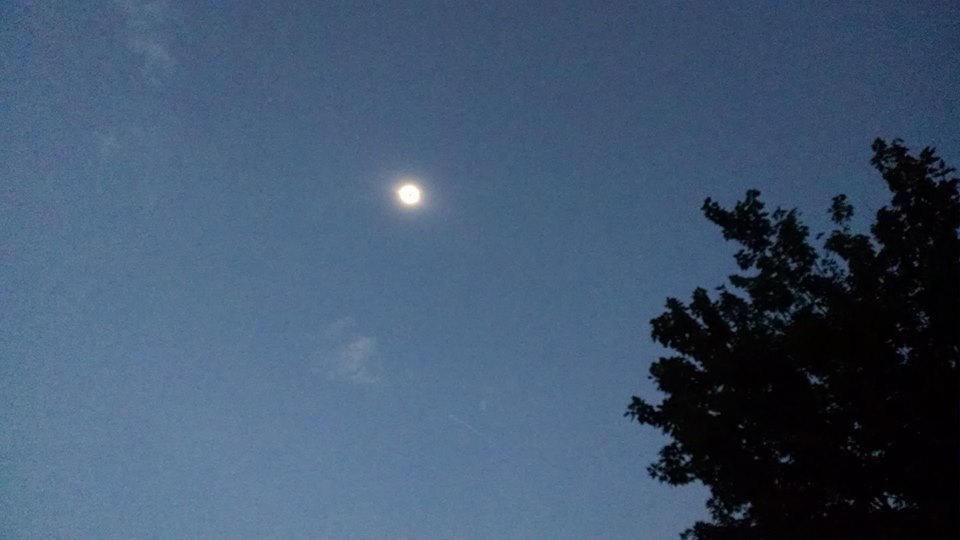
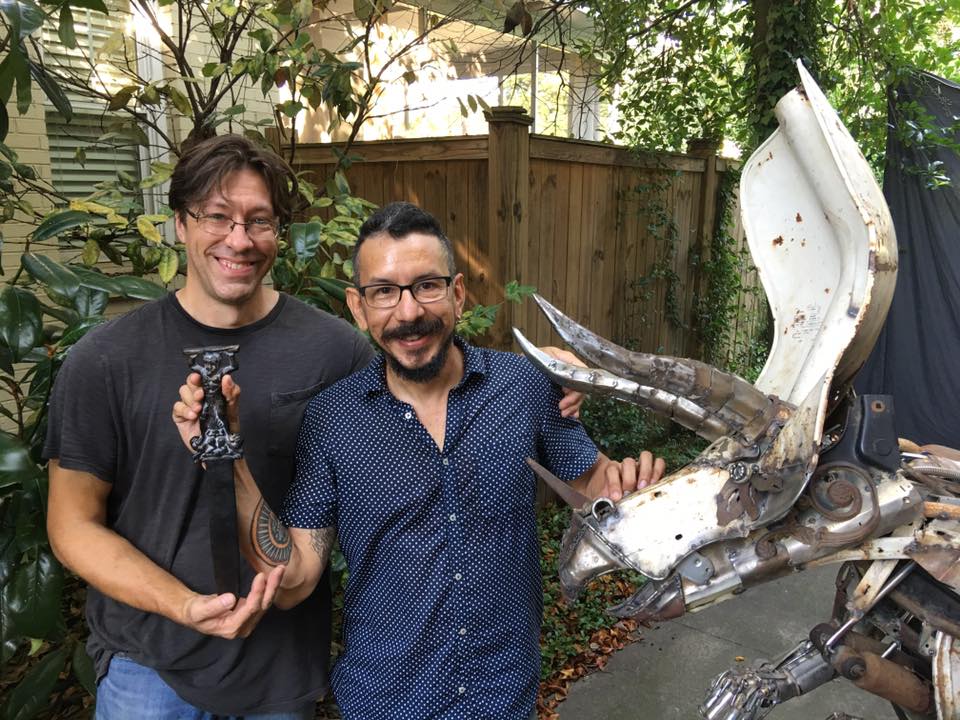
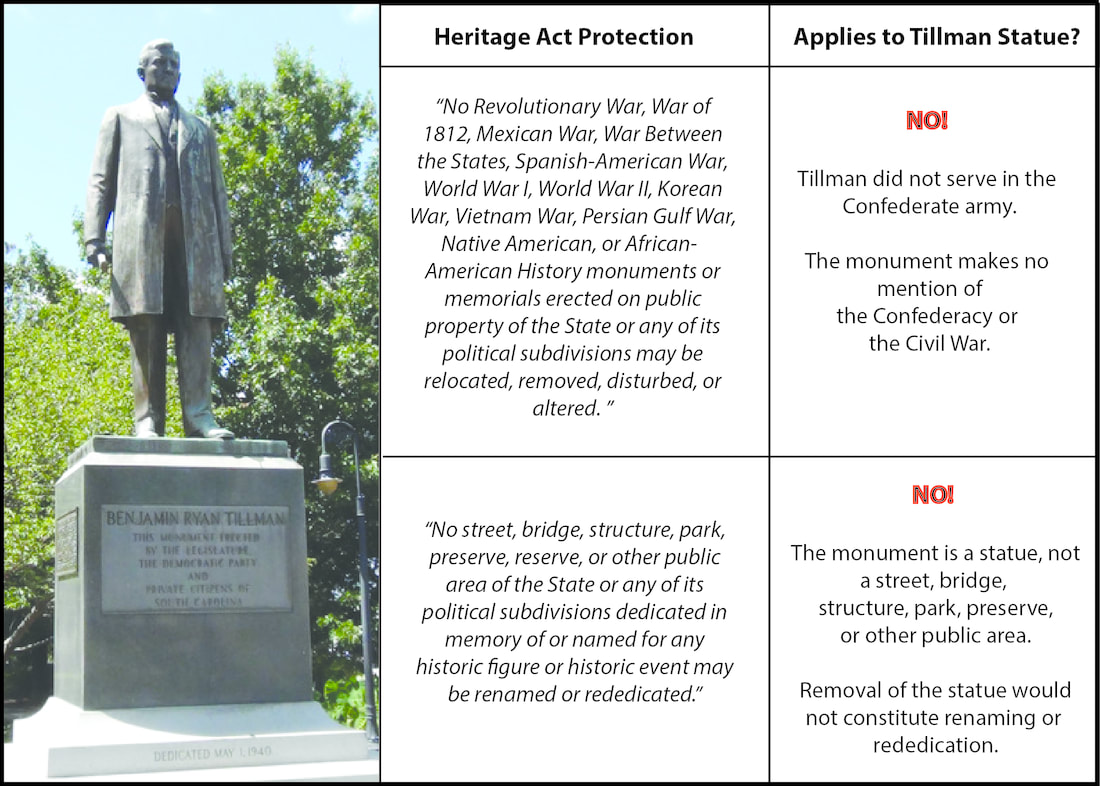
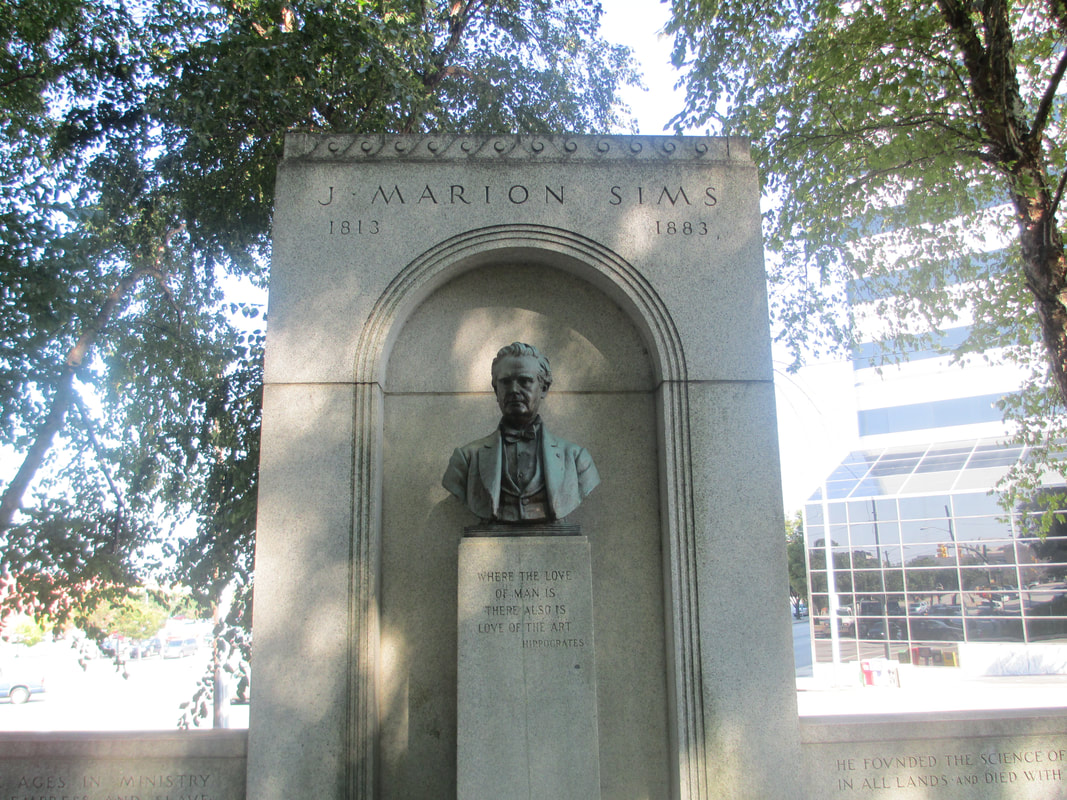
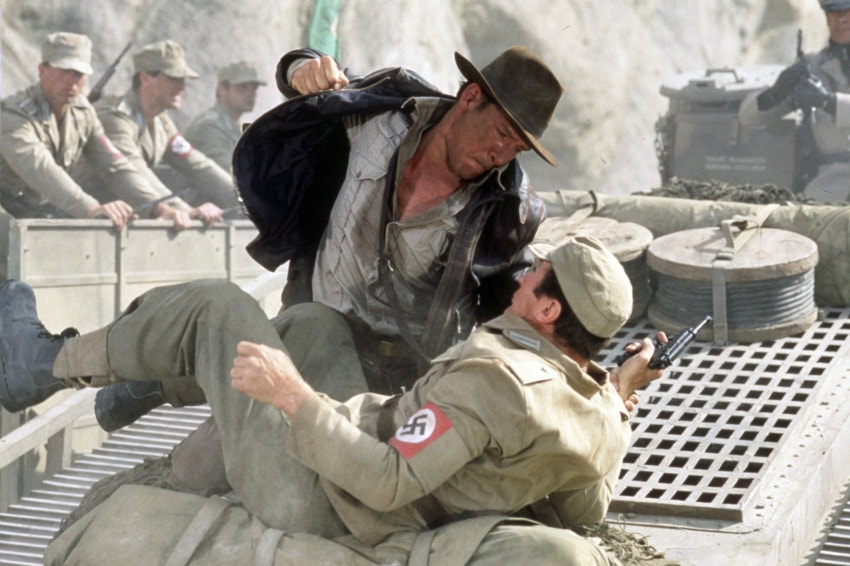

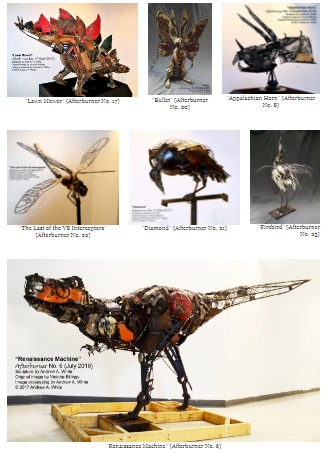

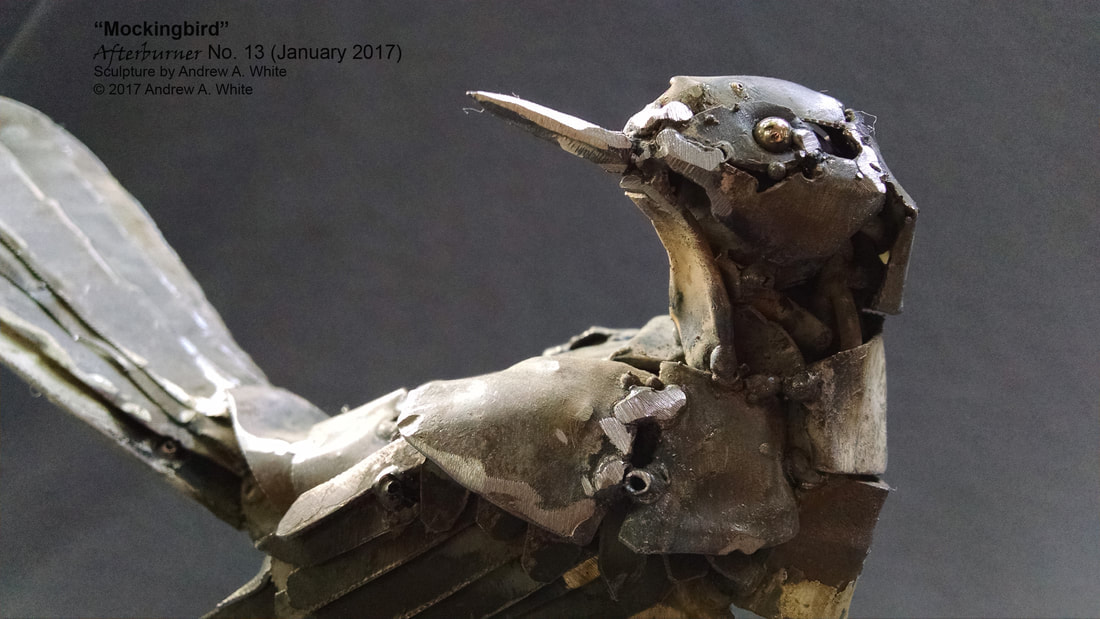
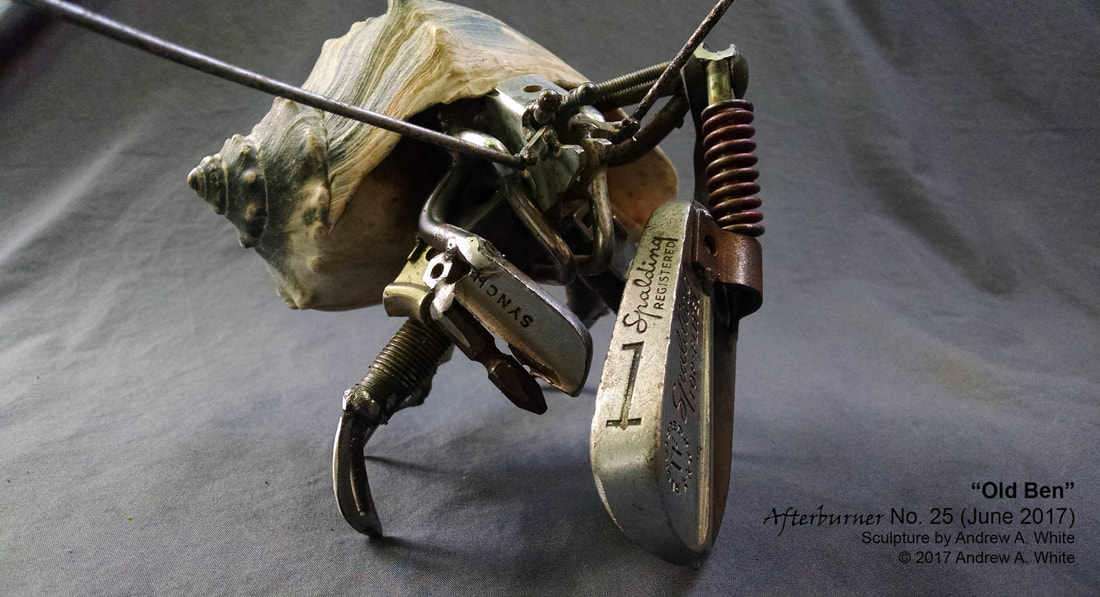
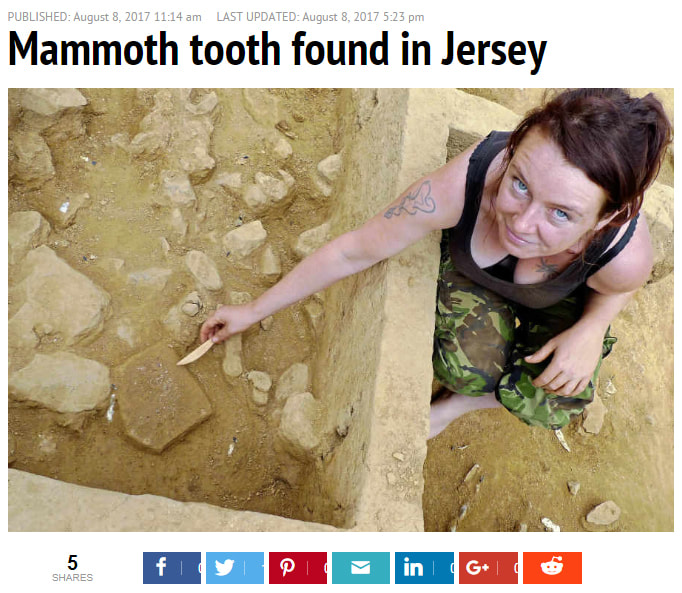
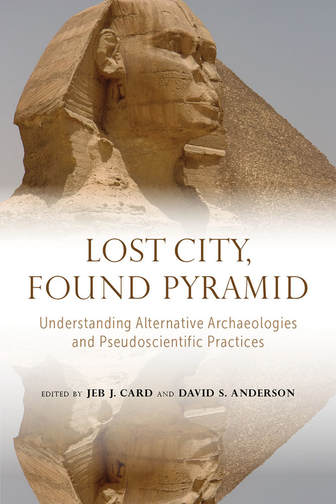
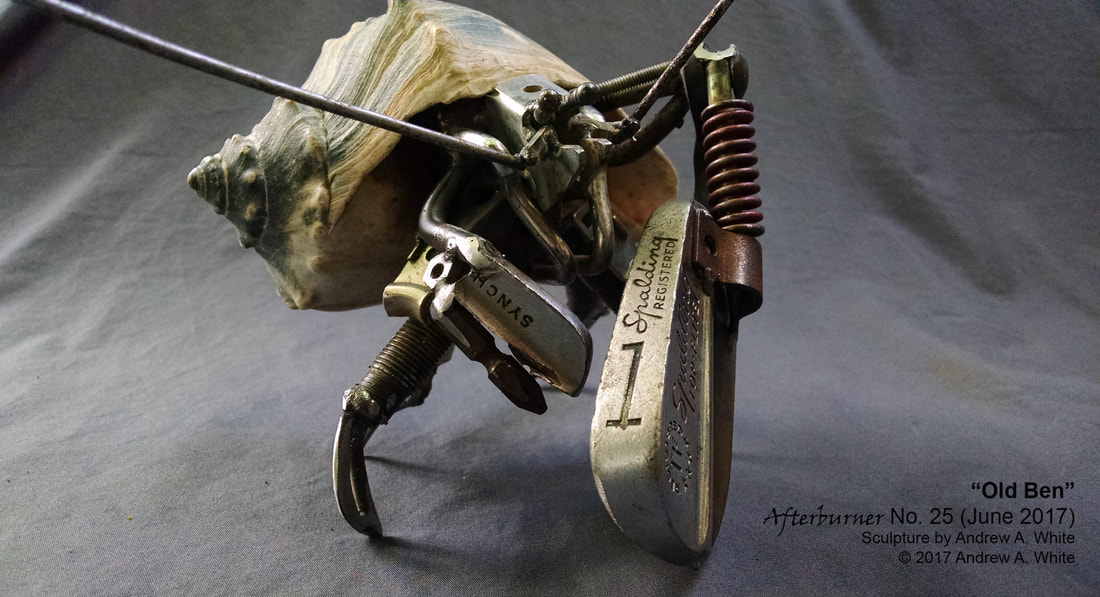
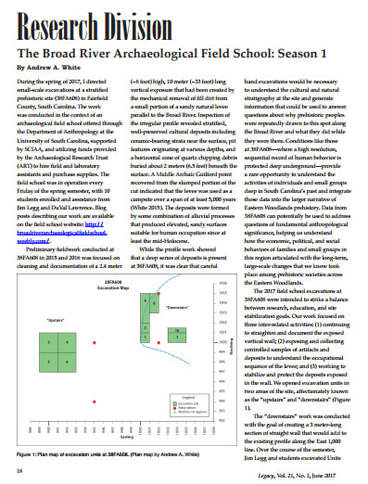


 RSS Feed
RSS Feed
